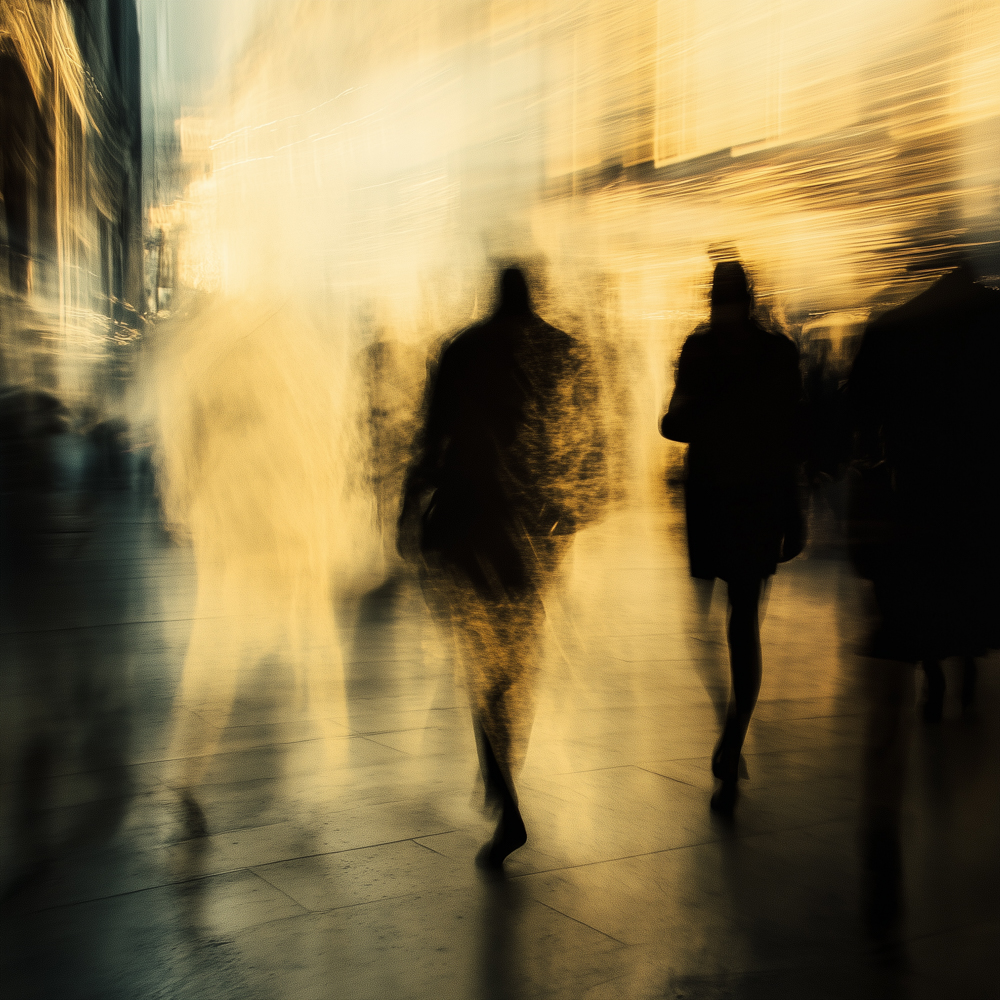In the 1950s, Robert Frank and William Klein emerged as pioneering figures in documentary photography, reshaping the established norms of the genre, as practiced, for example, Dorothea Lang and Walker Evans.1 Their styles — how they composed photographs and the techniques of lighting, grain, sharpness — stood in stark contrast and offered a fresh perspective on American life.
Frank’s book, “The Americans,” and Klein’s “Life is good and good for you in New York” provided distinct yet complementary views of mid-century America. While Frank traversed the entire country, capturing a broad cross-section of American society, Klein delved deep into the urban landscape of New York, offering an intimate portrayal of city life. Both photographers, whether intentionally or not, presented observations that often bordered on social commentary, challenging viewers to confront aspects of American culture that were frequently overlooked or ignored.
The challenge to contemporary views might be epitomized by photo-historian John Szarkowski’s reaction, commenting “this is not my America”, which encapsulated a broader sentiment that Frank’s portrayal of America was perceived as harsh and unflinching. Yet, with time, the book has become recognized as a significant work that has influenced several generations of photographers.
Both Frank and Klein had the ability to craft cohesive photographic essays, characterized by:
- A coherent selection of images that worked together to tell a story
- A distinctive photographic style that augmented the narrative with a complementary mood
- Thoughtful presentation and layout of images that enhanced the overall narrative
- The evocation of a particular feeling or sense in the viewer that elaborated the representational content
The power of their work lay not in individual, startling images, but in the cumulative effect of the entire essay. Like a well-crafted film, their photo essays created a narrative that was greater than the sum of its parts. These included the artists’ beliefs, their sense of place, the tone of their message, and the contradictions they observed, and their “visual vocabulary.”
This vocabulary was spoken through the organization and repetition of images, a system of symbols and/or iconic subjects, structures, and moods. The result was a body of work that not only documented American life but also challenged viewers to reconsider their perceptions of society and culture.
Frank and Klein’s approach to documentary photography went beyond mere representation; they created a sense of the time, they exposed an aspect of society which was widely ignored. They created works that were at once personal and universal, offering a nuanced and often critical view of American life in the 1950s. Their innovative techniques and willingness to break from tradition paved the way for future generations of photographers, cementing their place as influential figures in the history of documentary photography.

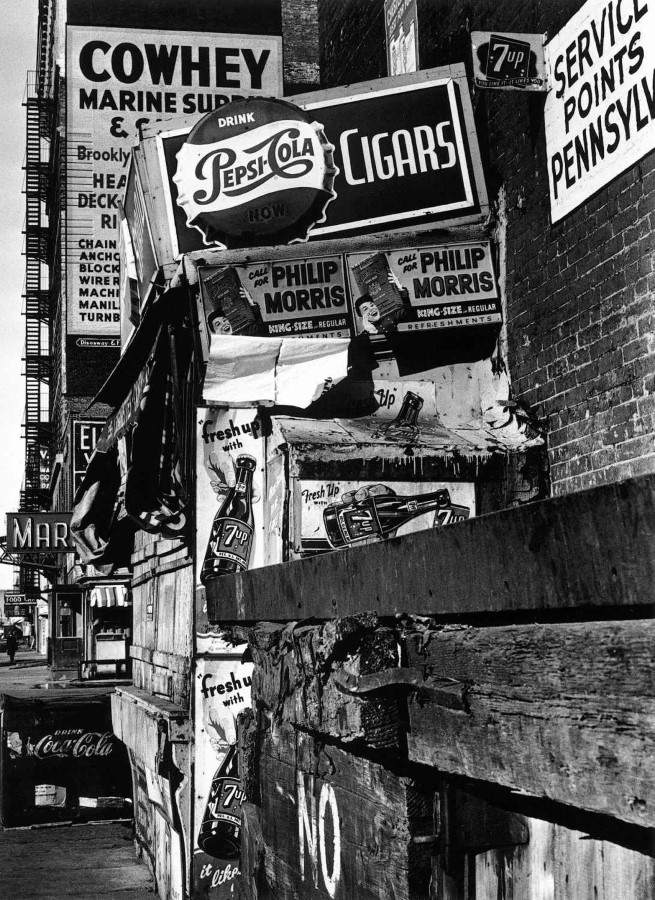
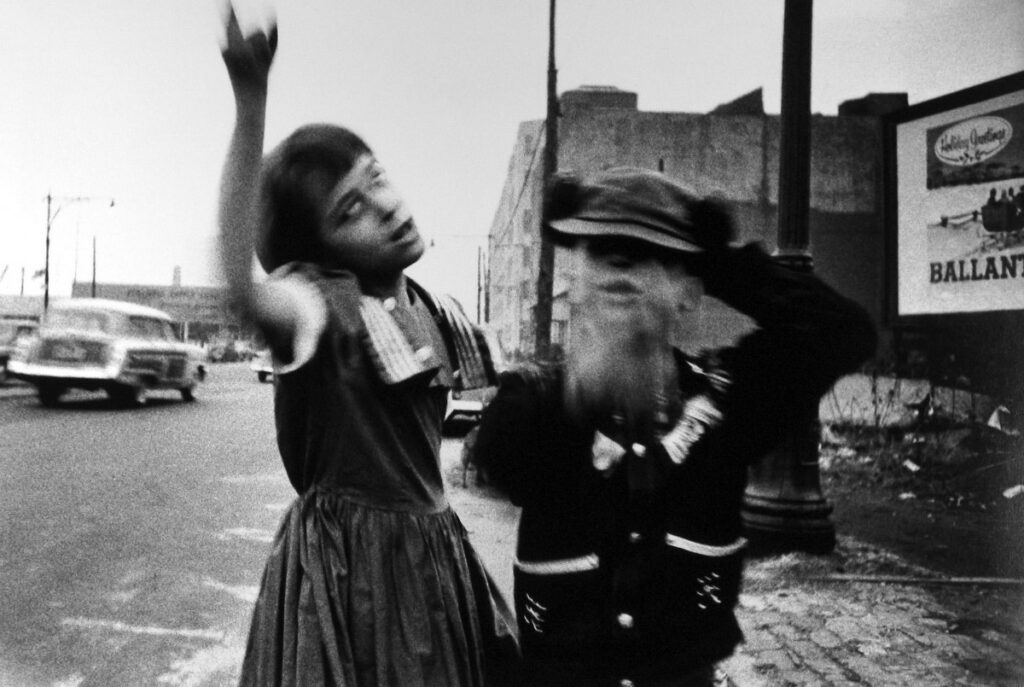
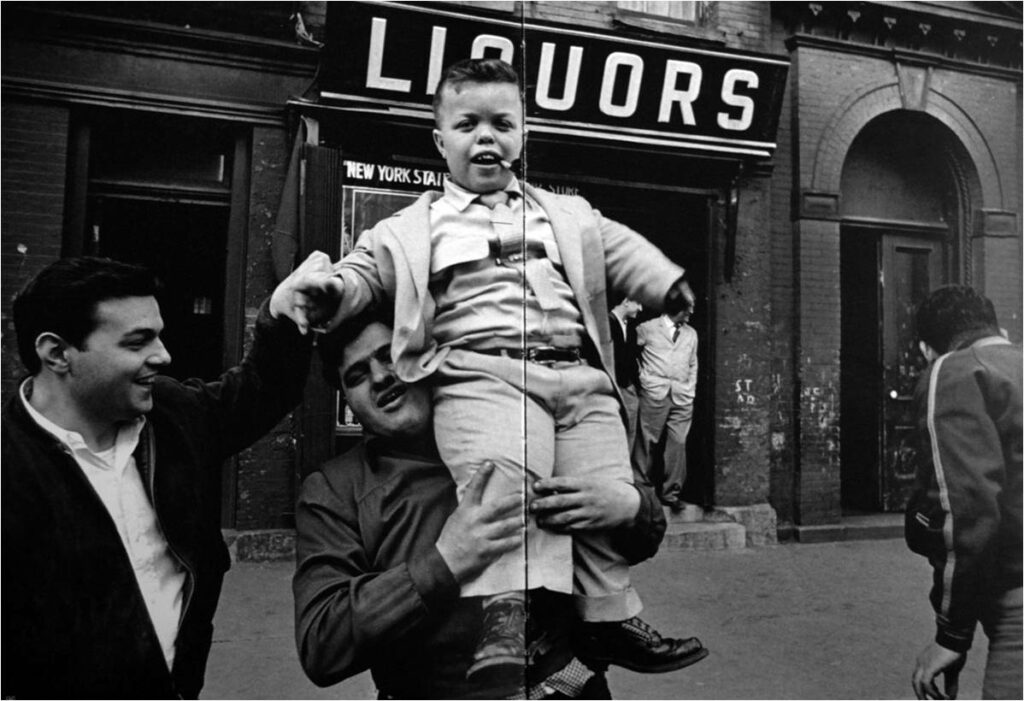
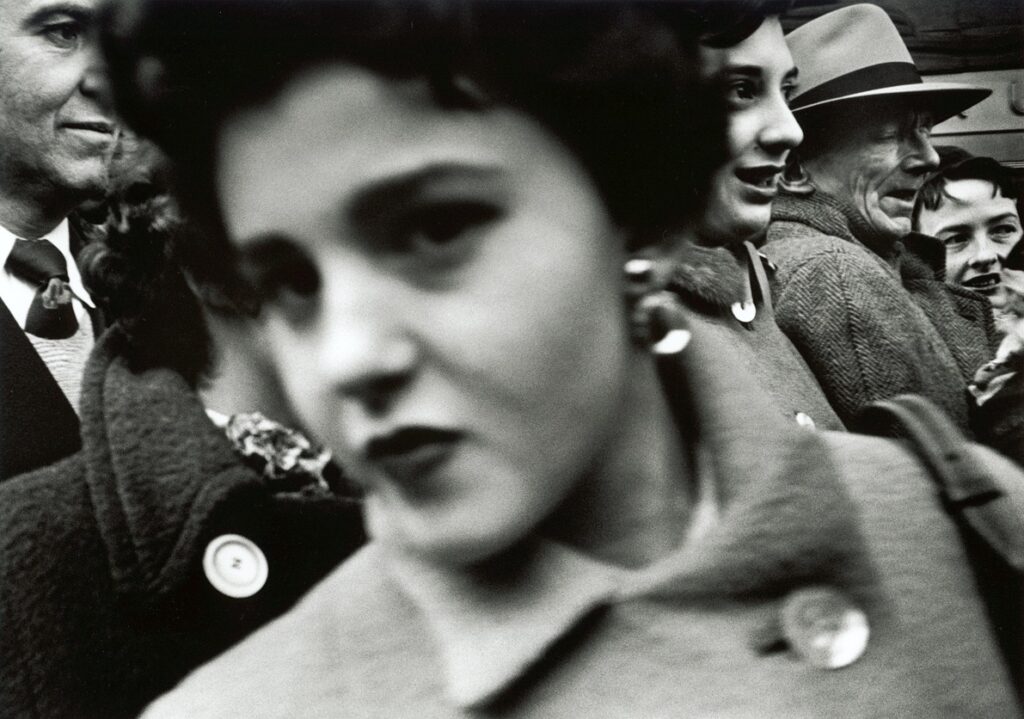
William Klein, “Life is good and good for you in New York”

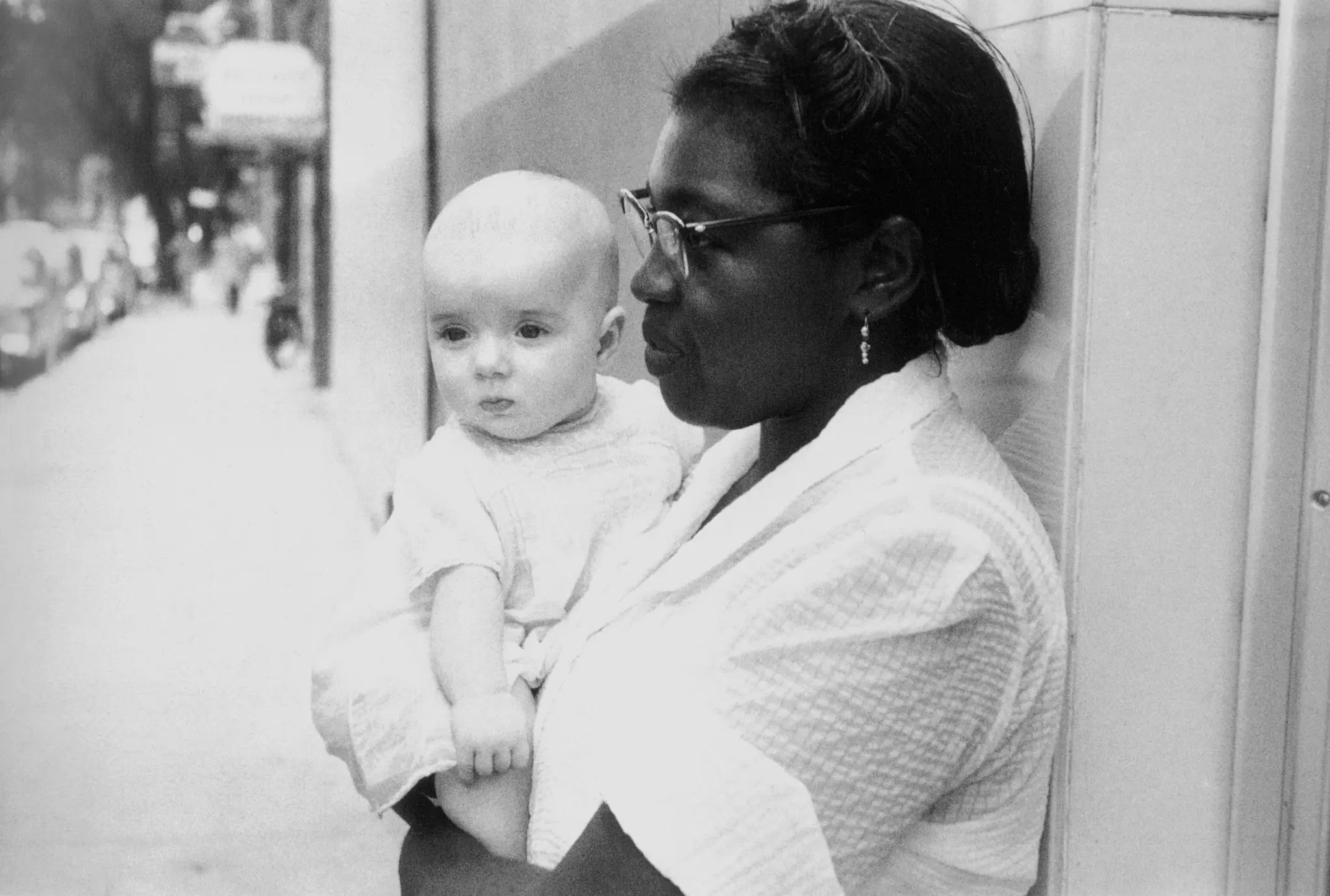
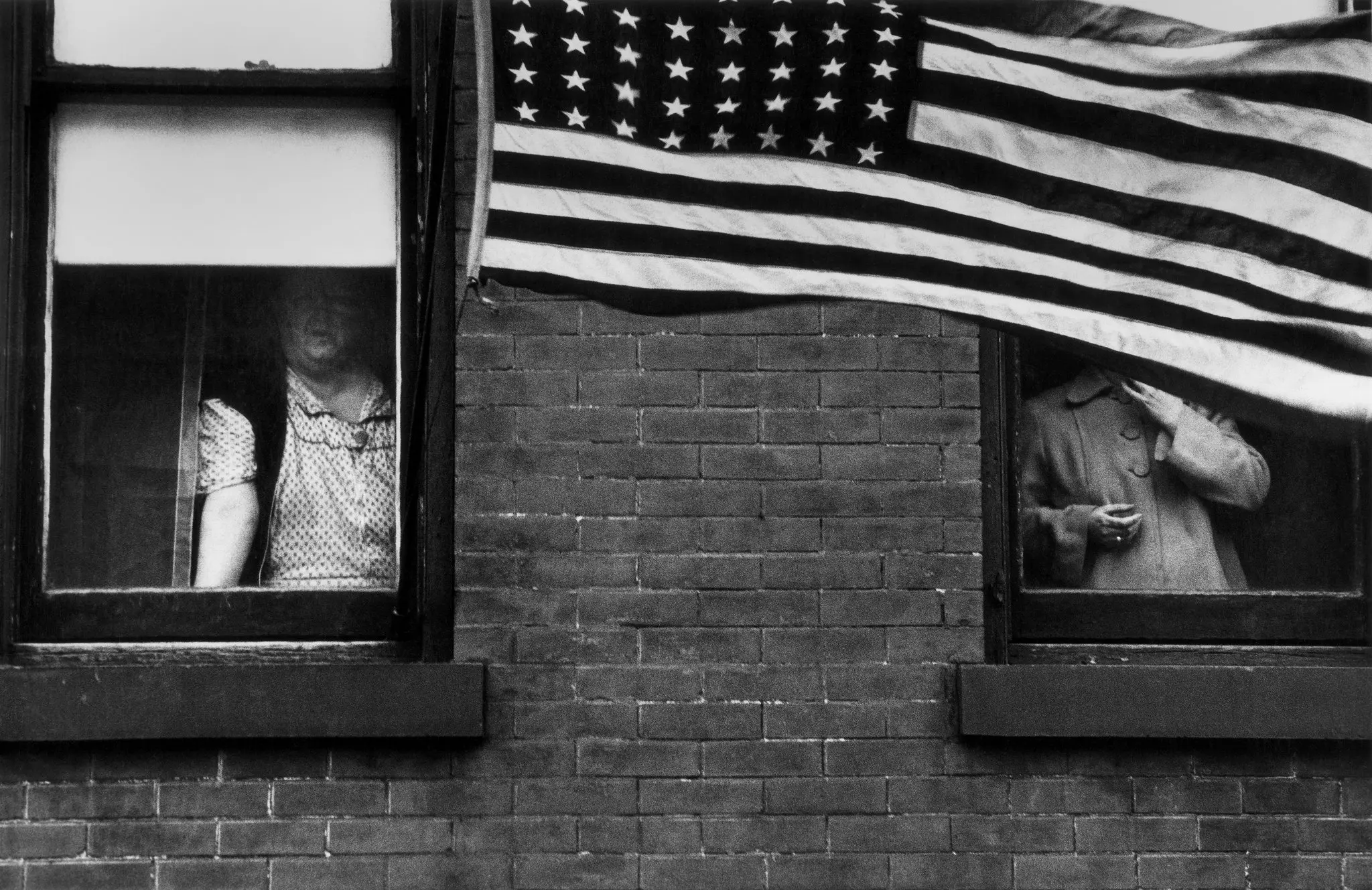
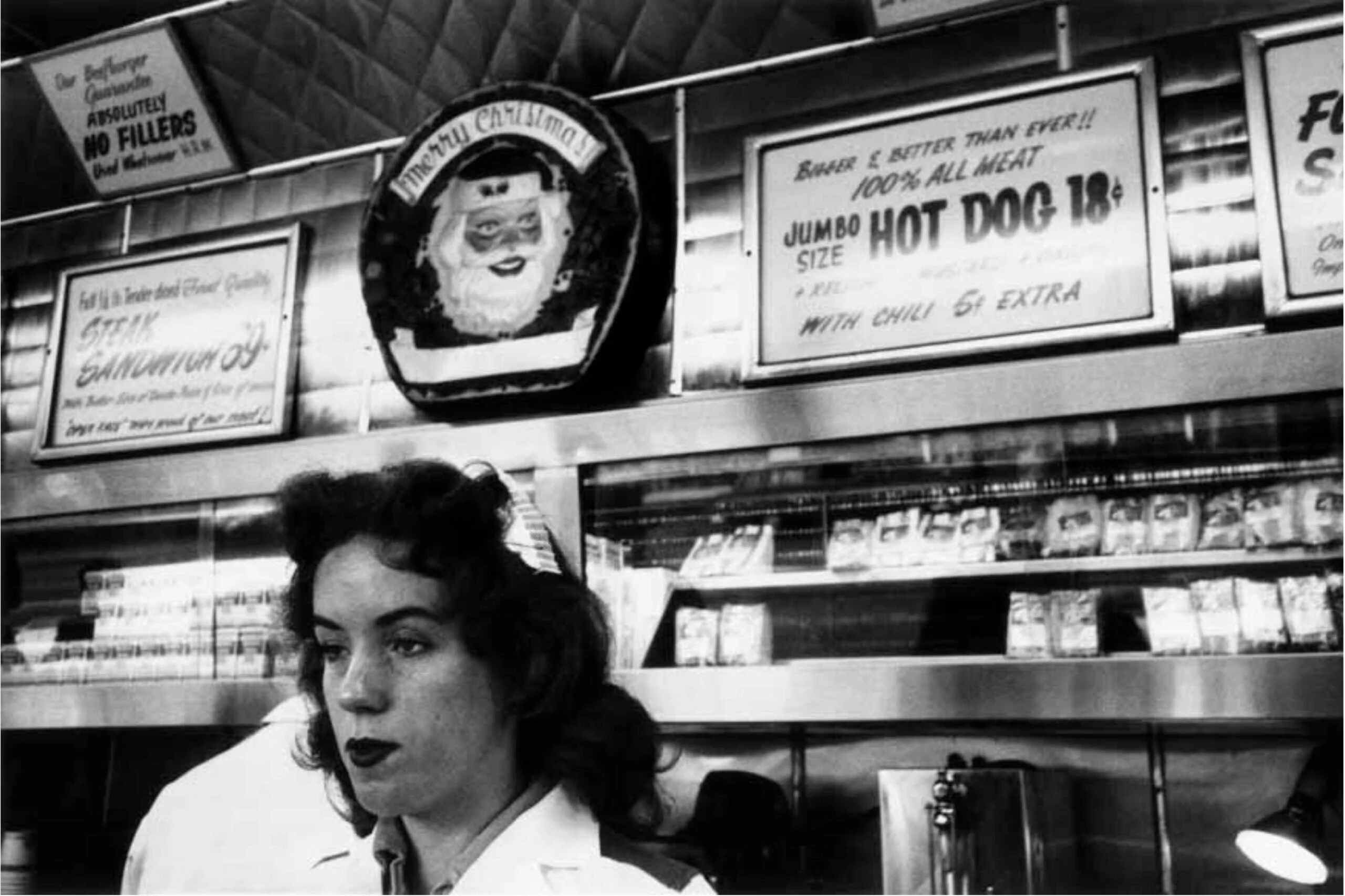

Robert Frank, “The Americans”
As historical documents, the photographs by these two photographers reveal a stark contrast to the often romanticized view of the past, underscoring the importance of critically examining nostalgic rhetoric. Their images highlight social issues that continue to plague society today, raising questions about why these problems have not been adequately addressed over time.
The persistence of these issues helps explain the current climate of frustration and disillusionment among many voters. They feel fed up with the lack of progress on long-standing issues lowering the bar of resistance to support candidates who offer simple solutions to complex, long-standing problems with the promise of swift, and decisive action to resolve them once and for all.
Robert Frank
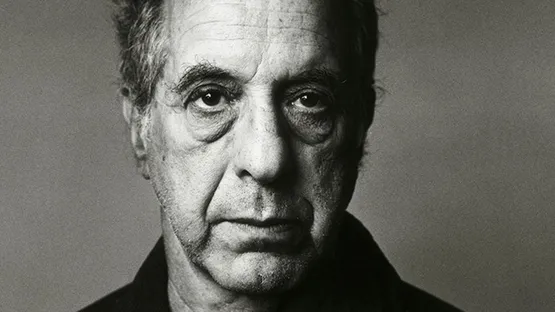
- he is most famous for his book “The Americans”
- he used a raw, spontaneous style (that is un-staged, informal), but rarely engaged his subjects
- his images were serious / lacked humour
- used blur, grain, high contrast to complement emotion / feeling; The style of the photography is intended to offer a “glimpse”; a fleeting glance
- Social commentary / provided an outsider’s perspective, which enabled him to see things American’s took for granted; exploited American Symbols (Cars, race, jukeboxes, flags, …)
- Employed the printed page to structure his images; define sequences; repetitions; juxtapose imagery; to define a structured vocabulary
William Klein
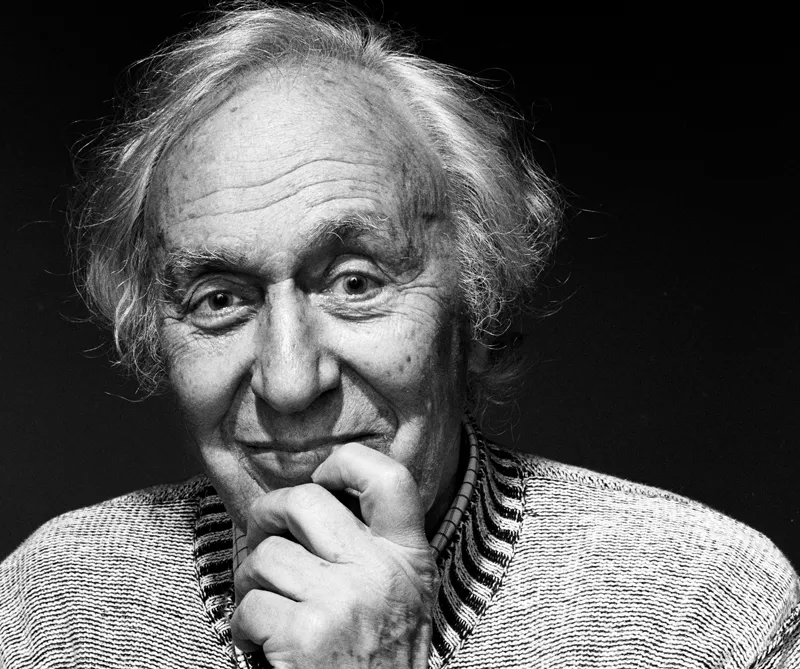
- contributed multiple essays; most famous are his “City” books, documenting urban life
- his style is raw, gritty, energetic, chaotic; he often engaged his subjects
- immersed himself into the subject; filled his images (little empty space) to complement the sense of chaos; he has a sense of humour
- used blur, grain, high contrast to complement emotion / feeling; The style of the photography is intended to offer a “glimpse”; a fleeting glance
- Combined text and image
- Social commentary
- Employed the printed page to complement (the chaos / energy) in his images
Expressing Emotion
While the emotional resonance of a photograph is highly subjective, there are some techniques one might consider using to prompt an emotion:
| Emotion | Style |
|---|---|
| Love: | – Soft, warm lighting |
| – Close-up portraits of couples or families | |
| – Intimate moments captured candidly | |
| – Use of pastel or warm color tones | |
| – Gentle bokeh effects | |
| Hate: | – High contrast, harsh lighting |
| – Dramatic shadows and silhouettes | |
| – Intense facial expressions in portraits | |
| – Use of red or dark color tones | |
| – Distorted or fragmented compositions | |
| Chaos: | – Multiple exposure techniques |
| – Blurred motion or long exposures | |
| – Cluttered, busy compositions | |
| – Tilted or Dutch angle shots | |
| – Vibrant, clashing colors | |
| Fear: | – Low-key lighting with deep shadows |
| – Obscured or partially hidden subjects | |
| – Use of negative space | |
| – Distorted perspectives or wide-angle lenses | |
| – Muted or desaturated color palettes | |
| Isolation: | – Minimalist compositions with a single subject |
| – Wide, empty spaces surrounding the subject | |
| – Use of leading lines drawing attention to solitary elements | |
| – Monochromatic color schemes | |
| – Fog or mist to create a sense of separation | |
| Depression: | – Low saturation or black and white imagery |
| – Somber, muted color palettes | |
| – Downward-facing subjects or hidden faces | |
| – Reflections in water or mirrors | |
| – Emphasis on textures like peeling paint or weathered surfaces | |
| Happiness: | – Bright, high-key lighting |
| – Candid shots of laughter or smiles | |
| – Use of vibrant, warm colors | |
| – Dynamic compositions with movement | |
| – Wide-angle shots of group activities or celebrations |
Style Contrasts
The images below offers a summary comparison between the “traditional” documentary styles, and the “fresh perspectives” offered by Frank and Klein.
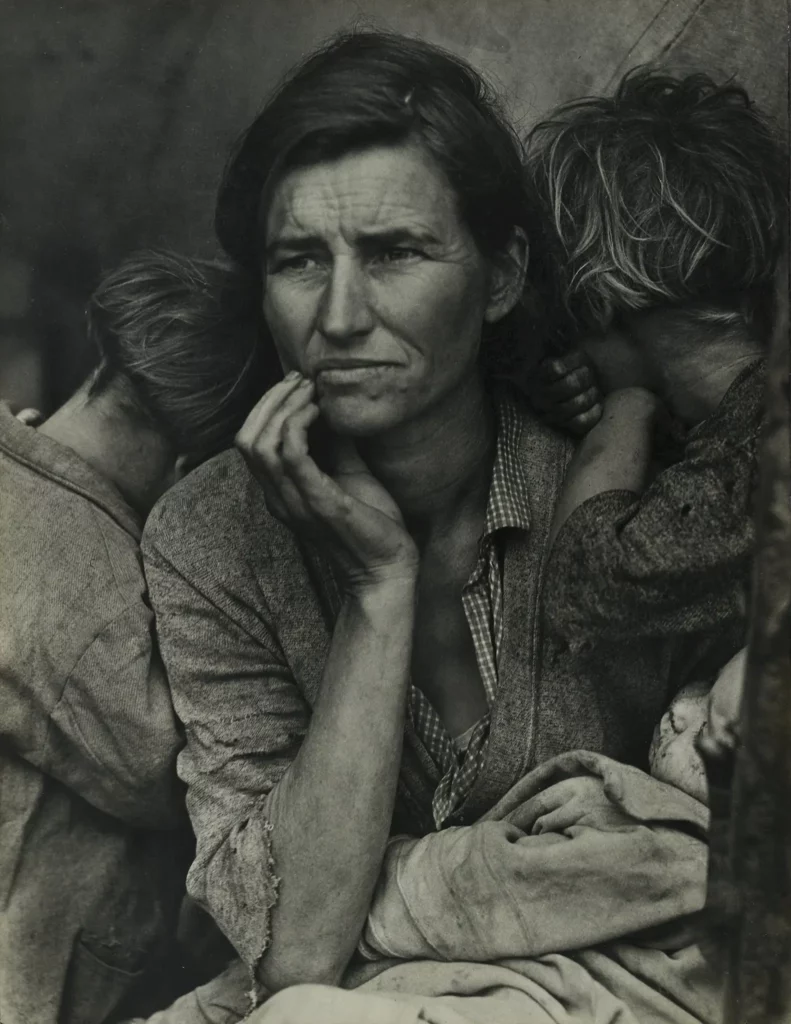
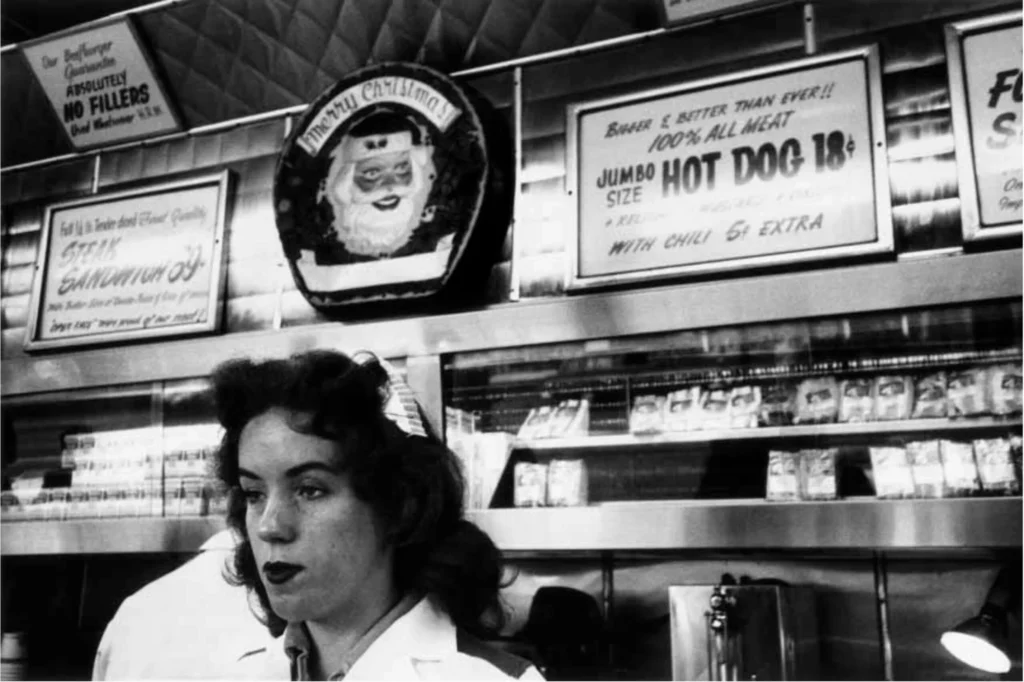
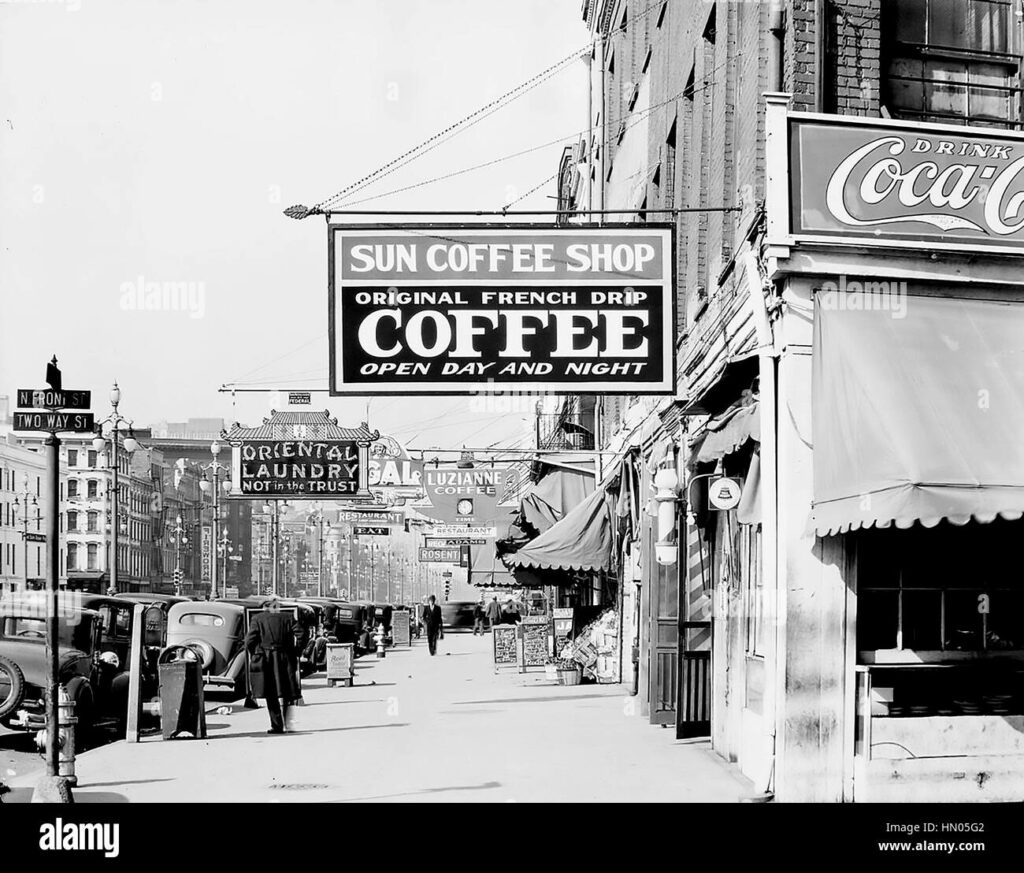

While there is a lot of discussion in the literature related to the techniques employed (e.g., blur, graininess, etc.) the composition and selection of subject matter itself plays a role.
Comparing the Lange and Frank photograph, Lange’s offers a sense of warmth and reflection, with family, albeit clearly a distressful situation. While Frank’s, also reflects a moment of reflection, it is in a busy, tension filled kitchen, a work environment that in all likelihood bears little of the comforts of being with family. The tension in Frank’s photograph seems to be augmented by the harshness of the light, the lack of sharpness and the grain.
Comparing the Evans and Klein photographs we can see a certain idealism, tidiness, and may be structure in the Evans photographs, however, Klein’s depicts an unruly mess, disorder and thus one might conclude reality (rather than the ideal). As with Frank’s images, the mood of Klein’s photograph seems to be augmented by the harshness of the light, the lack of sharpness and the grain.
- The photographs of Lange and Evans were usually focused, well lit and sharp (lack of grain), while both Frank and Klein employed blur, poor light (high contrast)and grain to further communicate beyond the image content ↩︎
Bibliography
“Artist Biography: Robert Frank.” n.d. Nga.gov. Accessed August 5, 2024. https://www.nga.gov/press/backgrounder/bio-robertfrank.html.
Brumfield, John. 1980. “The ‘Americans’ and The Americans.” Afterimage, Summer, 8–15.
Developing Tank. 2023. “The ANTI-TECHNIQUE Photography of William Klein.” Youtube. October 14, 2023. https://www.youtube.com/watch?v=VcUMF4i5hEE.
Gefter, Philip. 2019. “Robert Frank Dies; Pivotal Documentary Photographer
Was 94″ Nytimes.com. Accessed August 5, 2024. https://www.nytimes.com/2019/09/10/arts/robert-frank-dead-americans-photography.html
Jenkins, Keith. 2019. “How Robert Frank’s Vision Influenced and Inspired Generations of Photographers.” NPR, September 12, 2019. https://www.npr.org/sections/pictureshow/2019/09/12/759470766/how-robert-franks-vision-influenced-and-inspired-generations-of-photographers.
Kozloff, Max. 1981. “William Klein and the Radioactive Fifties.” Artforum. May 10, 1981. https://www.artforum.com/features/william-klein-and-the-radioactive-fifties-214042/.
Lubow, Arthur. 2022. “Trying to Contain William Klein in One Show Isn’t Easy.” Nytimes.com. Accessed August 5, 2024. https://www.nytimes.com/2022/06/02/arts/design/william-klein-photography-icp-review.html.
Martin. 2023a. “Robert Frank.” About Photography. April 29, 2023. https://aboutphotography.blog/photographer/robert-frank.
———. 2023b. “William Klein.” About Photography. July 6, 2023. https://aboutphotography.blog/photographer/william-klein.
Martin, Bryan. 2023c. “The Everlasting Influence of Robert Frank’s ‘The Americans.’” Sothebys.com. February 9, 2023. https://www.sothebys.com/en/articles/the-everlasting-influence-of-robert-franks-the-americans.
“Robert Frank.” n.d. The Art Story. Accessed August 5, 2024. https://www.theartstory.org/artist/frank-robert/.
Sethi, Vatsala. 2022. “American Photographer William Klein Dies, Leaves behind a Legacy.” Stirworld.com. September 21, 2022. https://www.stirworld.com/see-news-american-photographer-william-klein-dies-leaves-behind-a-legacy.
Tate. 2012. “William Klein: In Pictures.” Youtube. October 18, 2012. https://www.youtube.com/watch?v=7g9IksGqiUM.
Walker, F. d. 2016. “Master Profiles: William Klein.” Shooter Files by f.d. Walker. June 10, 2016. https://shooterfiles.com/2016/06/master-profiles-william-klein/.
Wikipedia contributors. 2024a. “William Klein (Photographer).” Wikipedia, The Free Encyclopedia. June 13, 2024. https://en.wikipedia.org/w/index.php?title=William_Klein_(photographer)&oldid=1228841362.
———. 2024b. “Robert Frank.” Wikipedia, The Free Encyclopedia. July 2, 2024. https://en.wikipedia.org/w/index.php?title=Robert_Frank&oldid=1232245610.
“William Klein.” n.d. Howardgreenberg.com. Accessed August 5, 2024a. https://www.howardgreenberg.com/artists/william-klein.
“———.” n.d. All About Photo. Accessed August 5, 2024b. https://www.all-about-photo.com/photographers/photographer/299/william-klein.
